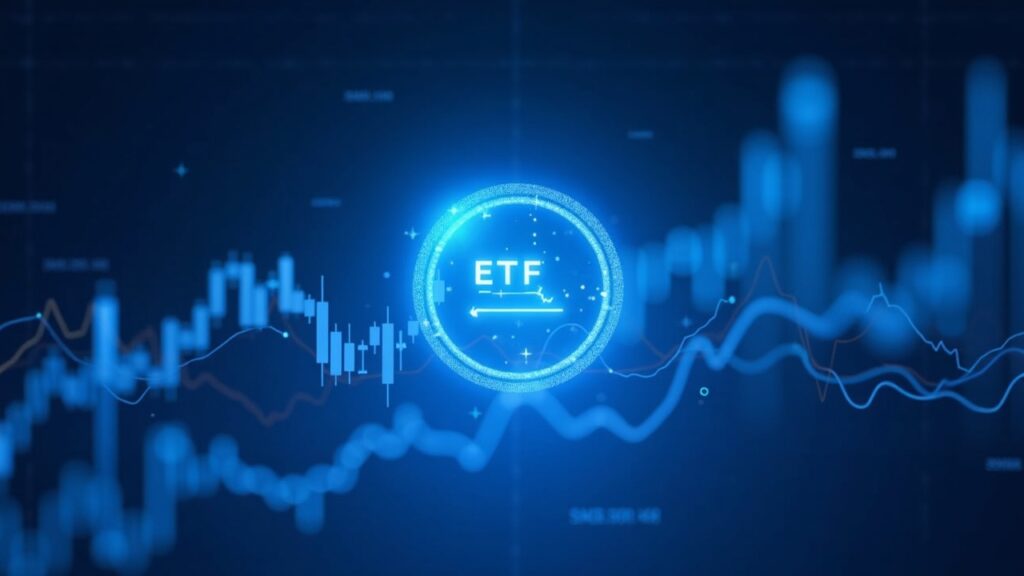Solana ETF inflows have recorded significant institutional capital, yet the price of SOL has not followed in a linear way. Year-to-date, there are more than $300 million in direct flows and $1.9 billion in ETPs, while SOL has even fallen 32.5% in one month. This disconnect between regulated demand and spot valuation matters because it conditions trading and risk management decisions.
The observed dynamics combine structural and market factors that dampen immediate transmission of ETF flows to the spot price. The creation and redemption mechanisms of ETFs—transactions that allow issuing or redeeming fund shares—can be complex and include in-kind operations that delay the direct impact on the spot market. In addition, the relative liquidity of SOL and its high market capitalization require sustained, large-magnitude flows to provoke pronounced movements; isolated inflows can be absorbed without proportionally driving the price up.
Positioning and capital rotation further dilute the impact of inflows on price. Part of the institutional capital runs into profit-taking by earlier investors, neutralizing the initial buying effect. There is also a rotation of capital: while Bitcoin and Ethereum have suffered outflows exceeding $1,000 million, altcoins like Solana and XRP have attracted new allocations, which explains the flow but also the dispersion of the effect among assets.
Solana ETF inflows: why the price does not follow the flow
Several catalysts could ultimately align price and flows, led by regulatory and product developments. Launches and approvals have already been recorded: a Solana ETF from ChinaAMC on HKEX (Oct. 27, 2025), the REX-Osprey Solana+ product (July 2, 2025) and the debut of Bitwise BSOL (Oct. 28, 2025). According to JPMorgan, a $3–$6 billion inflows scenario in the first year of a Solana ETF would transform the available institutional liquidity.
On the fundamentals side, ecosystem growth supports potential demand for network utility. An 83% year-on-year increase in new developers, with more than 7,600 additions in 2025, provides a constructive backdrop. Psychological “inflection points”—a mass application (“killer app”) or adoption by a relevant entity—could accelerate the convergence between flows and price.
In the short term (3–6 months), digestion and volatility are expected, with defined reference targets. Analysts place short-term targets around $180 for Q4 2025 and scenarios of $200–$220 in episodes of momentum. In the medium-to-long term (6–18 months), consensus projections are more optimistic, with ranges that include $300–$500 in 2026 and extrapolated figures for the longer term, always conditioned on sustained flows and ecosystem execution.
The current gap between Solana ETF inflows and the price of SOL reflects structural and positioning causes that need time and clear catalysts for resolution. The trajectory over the next 3–6 months will serve as a test for institutional conviction.

